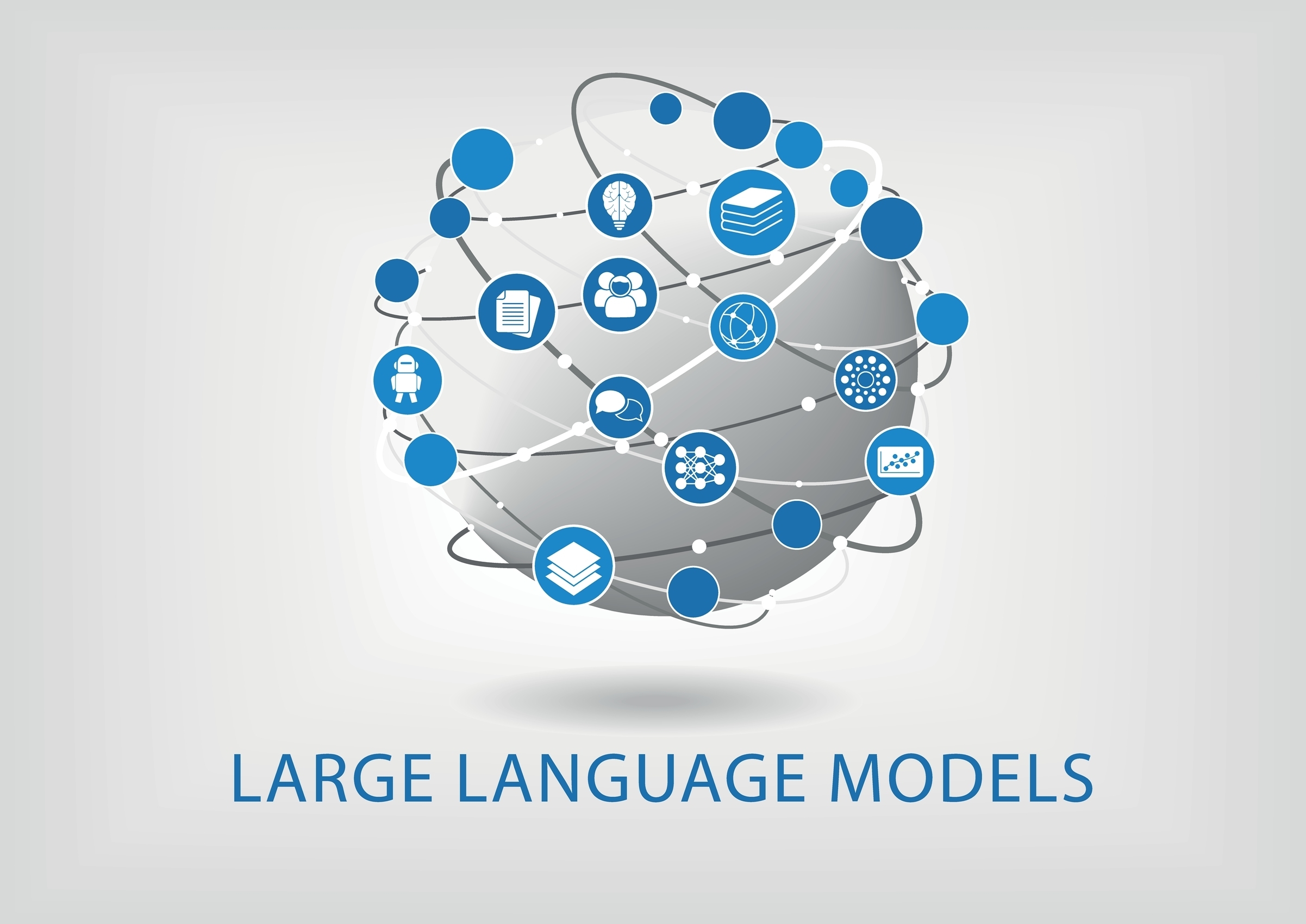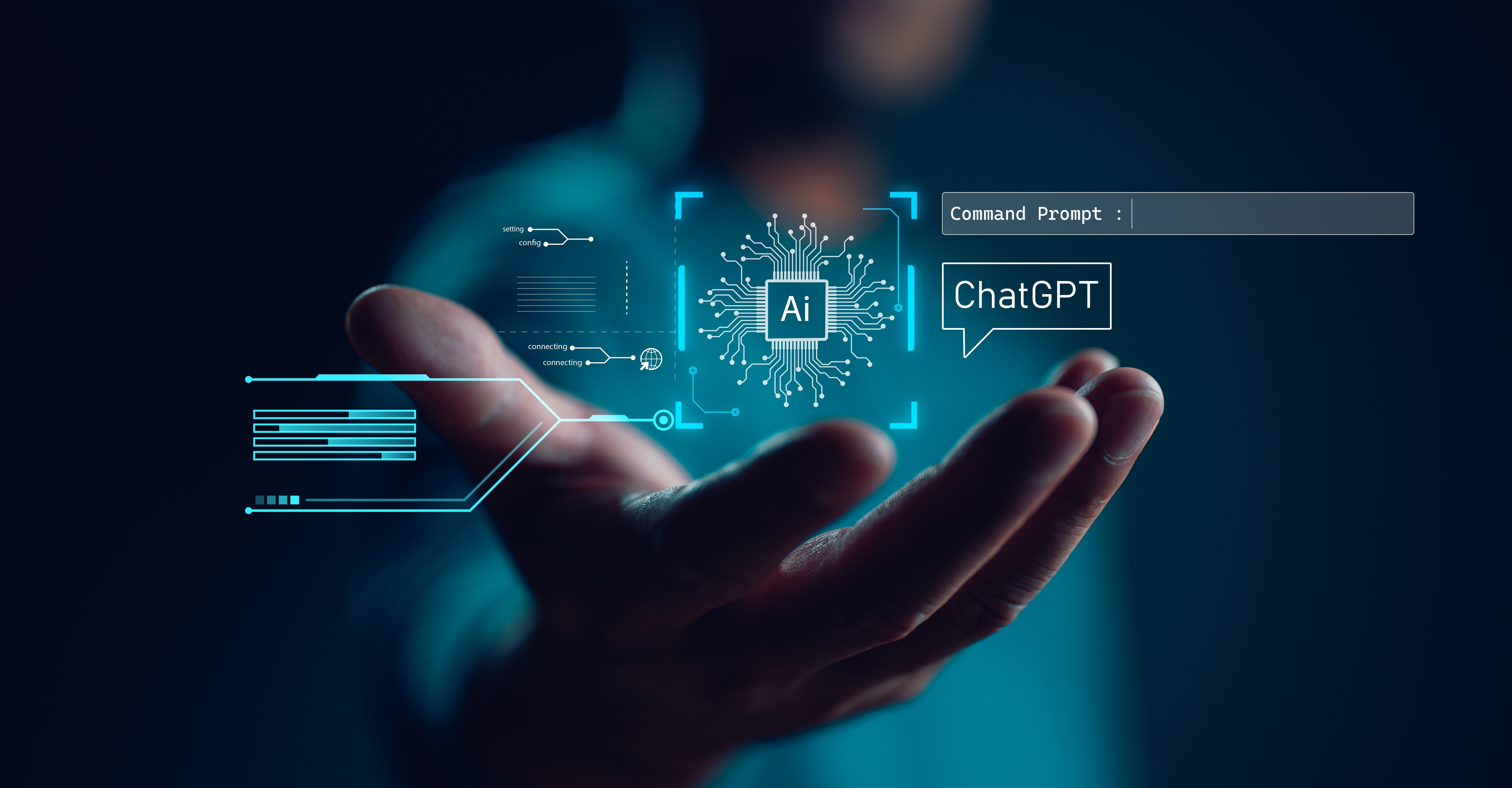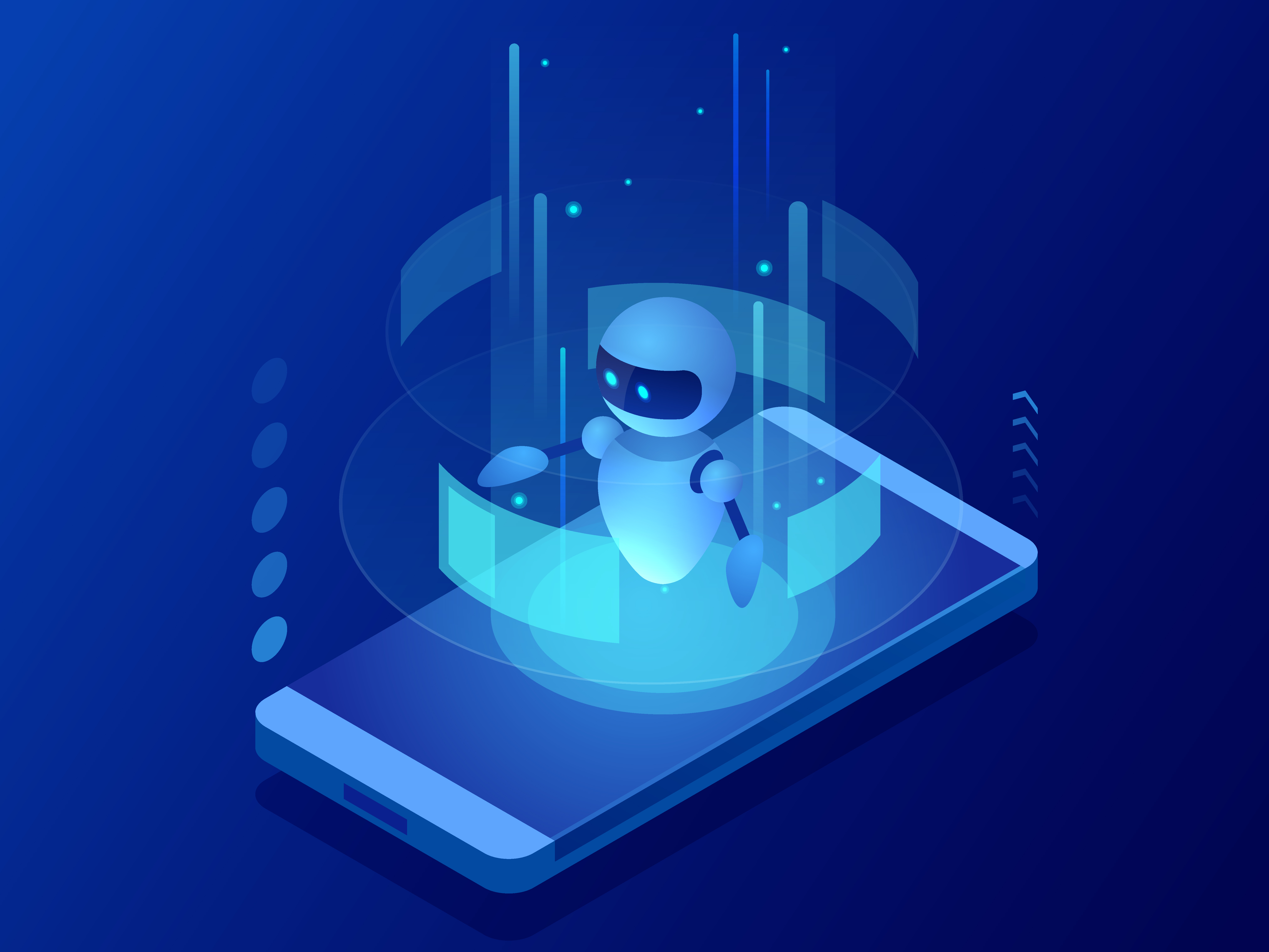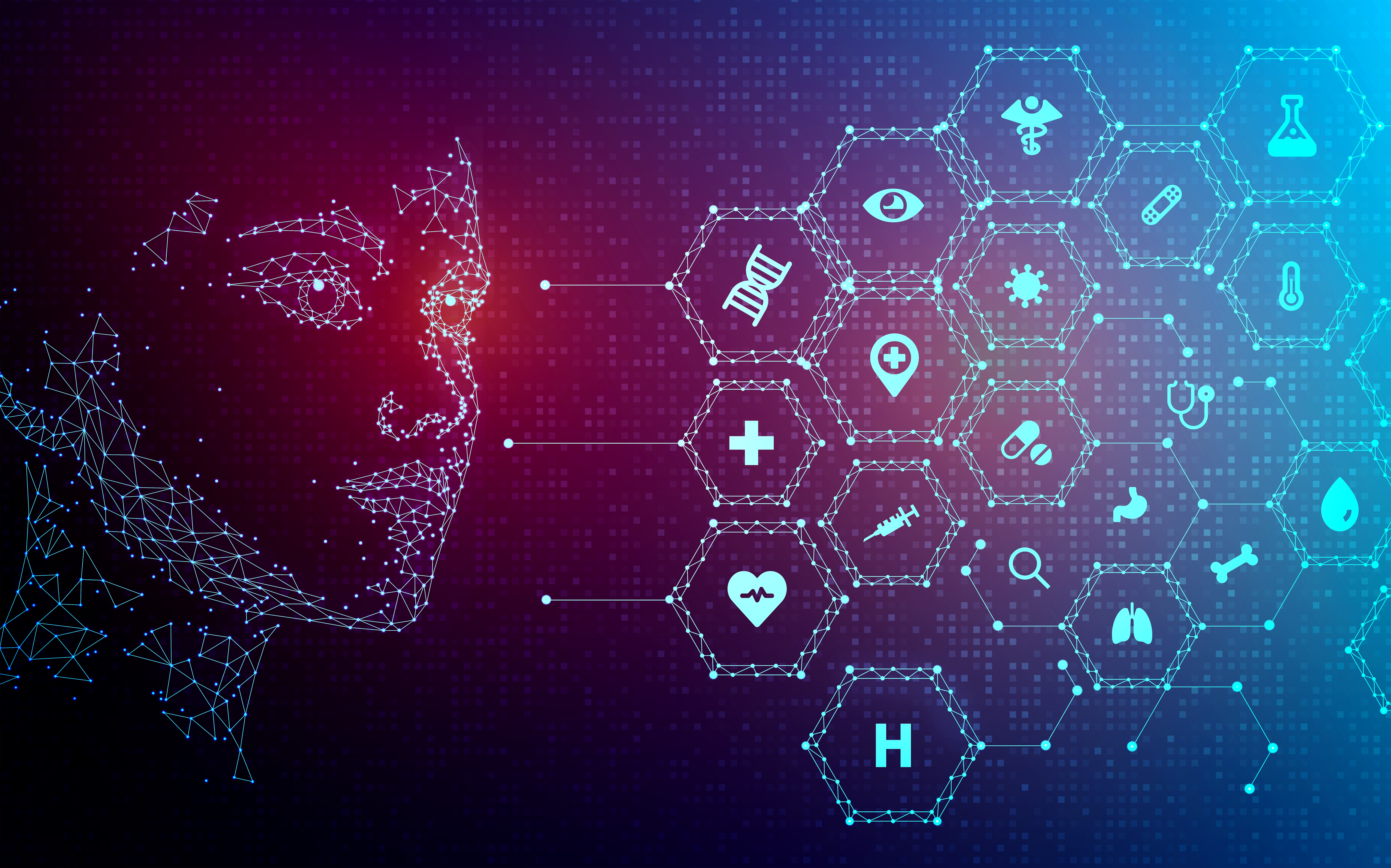Artificial intelligence in healthcare
Artificial Intelligence (AI) is revolutionizing the healthcare industry, with ChatGPT being one of the most powerful and promising technologies in the field. This advanced language model can generate human-like responses to a wide range of queries, making it an ideal tool for healthcare applications. From personalized treatment plans to remote patient monitoring, ChatGPT is changing the way healthcare providers care for their patients.
One of the key benefits of ChatGPT is its ability to provide virtual assistants for telemedicine. With the proliferation of video consultations, for example, many patients prefer to be treated from the comfort of their own homes, and a virtual assistant powered by ChatGPT can provide patients with the guidance and support they need. The technology can also be used to provide real-time evidence-based recommendations to healthcare providers, help with medical record keeping, and improve medication management.
Furthermore, it can be used to monitor national health data, providing real-time insights into potential disease outbreaks and facilitating early response actions. The model can also deliver automated alerts to public health officials, healthcare providers, and the public so they can take appropriate action to prevent the spread of disease. In addition, the technology can be used to identify potential clinical trial participants by analyzing large amounts of patient data and identifying individuals who meet the trial's eligibility criteria.
In summary, ChatGPT is a powerful tool that has the potential to transform the healthcare industry. With its advanced speech processing capabilities and its ability to provide real-time recommendations and support, ChatGPT can improve patient:in outcomes, reduce errors, and save healthcare providers:in time. It's important for healthcare executives and professionals to stay up to date on the latest AI technologies and innovations to ensure we can use these tools to provide the best possible care to our patients.
Large Language Models

A neural language model can be trained using unsupervised or semi-supervised methods. This requires a large amount of input text. The abundance of online text (billions of words) has made this possible. However, the words need to be converted into numerical representations for neural networks, which can be done using word embeddings.
To train a language model, it needs a task to learn from. One such task is predicting a word based on the surrounding words or predicting the surrounding words based on the current word. These two tasks were used in the development of the word2vec word embeddings. This method of training a language model is called pre-training.
After pre-training, the language model can be applied to different Natural Language Processing tasks. Due to the differences between tasks, task-specific fine-tuning of the language model is required. This two-step approach is essential.While large amounts of text are required for pre-training, the effort required for fine-tuning is much less.
ChatGPT-4 in Primary Care Settings

Virtual assistants
Enables virtual assistants to schedule appointments, manage health information, and monitor remote treatments. Patients:receive guidance and support for health management from home.
Clinical Decision Support
Provides real-time evidence-based recommendations to healthcare providers. It helps suggest treatment options, highlight drug-drug interactions, and provide guidelines for complex cases. This helps clinicians save time, reduce errors, and improve patient care.
Medical Health Record Documentation
Creates automatic summaries of patient interactions and medical records. Physicians and nurses can dictate notes, and the model summarizes key details. Extracts relevant information from patient records, streamlining the record keeping process.
Medication Application
Helps patient:in manage their medications, including reminders, dosing instructions, and possible side effects. Provides information about drug interactions, contraindications, and other considerations. Helps patient:in keep track of multiple medications and follow dosing instructions.
Medical Documentation
Assists healthcare professionals in creating medical reports, such as clinical notes and discharge reports. It provides real-time suggestions and corrections to streamline documentation. Assists medical professionals in creating accurate and comprehensive medical reports.
Studies Recruitment
Identifies potential participants for studies by analyzing patient data. Helps find individuals who meet eligibility criteria. Improves efficiency, targeting, and effectiveness in reaching diverse populations.
Symptom Checker
Develop virtual symptom checkers to help patients identify and interpret health problems. They provide guidance on next steps, self-treatment and when to see a doctor. Patients are helped to understand their symptoms and make informed decisions about their treatment.
Patient triage
Triages patients by assessing symptoms and medical history to determine urgency and severity. Assists in prioritizing patient:in based on their condition. Streamlines the process of assigning patient:s to appropriate levels of care.
Medication information
Provides real-time information on medications, including side effects, interactions, and contraindications. Enables patients to communicate in natural language to get accurate and timely answers. Helps healthcare providers stay informed about new medications, recalls, and industry updates.
Medical education
Supports ongoing education by providing instant access to relevant medical information and resources. Helps medical professionals and student:in keep up to date on research, guidelines, and best practices. Promotes ongoing professional development in the medical field.
Mental Health
Provides mental health support, including screening, coping strategies, and connections to resources. Assists in the identification of mental illness and provides counseling for patient:ing. Connects patient:ins with resources for further assistance.
Patient Monitoring
Monitors patient remotely by analyzing data from wearables, sensors, and other devices. Provides real-time insights into a patient's health and alerts healthcare providers to trends of concern. Enables early intervention to prevent hospitalizations or complications, improving patient outcomes and reducing healthcare costs.
The art of asking the right questions: Prompt Engineering

To maximize the performance of language models, proper prompting is critical. This includes creating accurate, clear, and well-structured "prompts" that allow the model to understand the context and requirements of a task. Effective prompt engineering helps ensure accurate, relevant, and useful results while reducing the potential for model-generated errors or unintended consequences.
The following screenshots show the progression of a conversation in which ChatGPT-4 mimics a "medical expert" being questioned by a physician about a symptom complex.
1. a patient with ambiguous symptoms consulted me. He talked about fatigue, weight loss, and occasional dizziness. What are some possible causes for these symptoms?
2. what are some treatment recommendations in case it is an endocrine disorder?
3 The results of a blood sample test indicate Diabetes Type 2. What do you recommend?
4. how can i explain the lifestyle modification in simple terms?
5. can you list the medical research about the necessity of lifestyle modifications?
6) What are the indicators that the patient has taken control of his/her lifestyle?
Act as a evidence based working expert in primary care medicine. I am a physician and ask you questions.
Research urgently needed

Research on Large Language Models (LLM) and primary care is urgently needed for several reasons:
1. improved patient outcomes.
Integrating LLMs into primary health care can improve patient:ing outcomes by assisting health care providers with diagnosis, treatment recommendations, and patient:ing management. By providing real-time evidence-based information, LLMs can improve the decision-making process and help reduce the risk of misdiagnosis or mistreatment.
2. efficiency and cost reduction
LLMs can streamline various aspects of primary care, such as electronic health record management, scheduling, and patient triage. This can lead to increased efficiency, reduced workload for medical staff, and ultimately reduced healthcare costs by minimizing administrative tasks and avoiding unnecessary tests or treatments.
3. improved patient engagement
LLMs can help bridge communication gaps between healthcare providers and patients, especially for patients with language barriers or limited health literacy. By providing tailored health information and counseling, LLMs can empower patients to better understand their health status and participate in shared decision-making, leading to more personalized and effective care.
4. combating burnout among physicians
The introduction of LLMs in primary care can help reduce physician:ing burnout by automating repetitive tasks and providing decision support. In this way, providers can focus on higher-value clinical tasks and maintain a more balanced workload, ultimately increasing their job satisfaction and reducing burnout.
5 Continuing medical education
LLMs can serve as a valuable resource for medical professionals to stay abreast of the latest research, guidelines, and best practices. By providing immediate access to relevant medical information, LLMs can support ongoing professional development and promote evidence-based medicine in primary care.
6. scalability and access to care
LLMs can help meet the growing demand for primary care services, especially in underserved areas or regions with a shortage of health care providers. By using LLMs in telehealth and virtual care, patients can have timely access to primary care services, regardless of their location or the availability of on-site health professionals.
References
1. Nature Medicine, (2023) Will ChatGPT transform healthcare?. Nature Medicine, 29(3), 505–506. https://doi.org/10.1038/s41591-023-02289-5
2. Dave T, Athaluri SA and Singh S (2023) ChatGPT in medicine: an overview of its applications, advantages, limitations, future prospects, and ethical considerations. Front. Artif. Intell. 6:1169595. doi: 10.3389/frai.2023.1169595
3. Li, J., Dada, A., Kleesiek, J. & Egger, J. (2023). ChatGPT in Healthcare: A Taxonomy and Systematic Review. medRxiv (Cold Spring Harbor Laboratory). https://doi.org/10.1101/2023.03.30.23287899
4. Marr, B. (2023, 2. März). Revolutionizing Healthcare: The Top 14 Uses Of ChatGPT In Medicine And Wellness. Forbes. https://www.forbes.com/sites/bernardmarr/2023/03/02/revolutionizing-healthcare-the-top-14-uses-of-chatgpt-in-medicine-and-wellness/
5. Meskó B. et Dhunnoo P., (2023) Beyond ChatGPT: What Does GPT-4 Add To Healthcare? - The Medical Futurist. https://medicalfuturist.com/what-does-gpt-4-mean-for-healthcare/
6. Devopedia. 2022. "Language Modelling." Version 4, February 15. Accessed 2023-05-02. https://devopedia.org/language-modelling
7. smartDATA. (2022). Chatbots in Digitized Healthcare. smartData. https://www.smartdatainc.com/role-of-chatbots-in-digitalised-healthcare/
8. Nield, D. (2023, 26. März). 11 Tips to Take Your ChatGPT Prompts to the Next Level. WIRED. https://www.wired.com/story/11-tips-better-chatgpt-prompts/
9. Staff, E. (2023, 4. Mai). How To Use ChatGPT as a Creative Writing Partner. Entrepreneur. https://www.entrepreneur.com/science-technology/how-to-use-chatgpt-as-a-creative-writing-partner/450918
10. Kaur, G. (2023, 1. Februar). How to improve your coding skills using ChatGPT. Cointelegraph. https://cointelegraph.com/news/how-to-improve-your-coding-skills-using-chatgpt
11. James, A. (2023). How to use ChatGPT for writing. TechRadar. https://www.techradar.com/how-to/how-to-use-chatgpt-for-writing
12. Dada, L. (2023, 21. April). What is prompt engineering? - Discover the Wonders of AI at PlayDada. Discover the Wonders of AI at PlayDada. https://playdada.com/what-is-prompt-engineering/
13. Tribault, G. (2020, 4. Dezember). Emmanuel Macron veut faire de la France un des leaders de la santé numérique. HOSPIMEDIA. https://www.hospimedia.fr/actualite/articles/20201204-e-sante-emmanuel-macron-veut-faire-de-la






